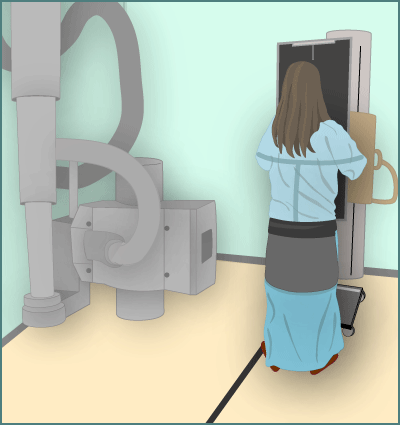Find a Provider
From well-child visits to specialized treatment of complex illnesses and injuries, we offer comprehensive care from an exceptional team of doctors, nurses and allied professionals.
- Home
- Parents Home
- Allergy Center
- Asthma Center
- Cancer Center
- Diabetes Center
- A to Z Dictionary
- Emotions & Behavior
- First Aid & Safety
- Food Allergy Center
- General Health
- Growth & Development
- Flu Center
- Heart Health
- Homework Help Center
- Infections
- Diseases & Conditions
- Nutrition & Fitness Center
- Play & Learn Center
- School & Family Life
- Pregnancy Center
- Newborn Center
- Q&A
- Recipes
- Sports Medicine Center
- Doctors & Hospitals
- Videos
- Para Padres
- Home
- Kids Home
- Asthma Center
- Cancer Center
- Movies & More
- Diabetes Center
- Getting Help
- Feelings
- Puberty & Growing Up
- Health Problems of Grown-Ups
- Health Problems
- Homework Center
- How the Body Works
- Illnesses & Injuries
- Nutrition & Fitness Center
- Recipes & Cooking
- Staying Healthy
- Stay Safe Center
- Relax & Unwind Center
- Q&A
- Heart Center
- Videos
- Staying Safe
- Kids' Medical Dictionary
- Para Niños
- Home
- Teens Home
- Asthma Center
- Be Your Best Self Center
- Cancer Center
- Diabetes Center
- Diseases & Conditions
- Drugs & Alcohol
- Expert Answers (Q&A)
- Flu Center
- Homework Help Center
- Infections
- Managing Your Medical Care
- Managing Your Weight
- Nutrition & Fitness Center
- Recipes
- Safety & First Aid
- School & Work
- Sexual Health
- Sports Center
- Stress & Coping Center
- Videos
- Your Body
- Your Mind
- Para Adolescentes
X-Ray Exam: Abdomen
What's an X-Ray?
An X-ray is a safe and painless test that uses a small amount of radiation to make an image of bones, organs, and other parts of the body.
The X-ray image is black and white. Dense body parts, such as bones, block the passage of the X-ray beam through the body. These look white on the X-ray image. Softer body tissues, such as the skin and muscles, allow the X-ray beams to pass through them. They look darker on the image.
X-rays are commonly done in doctors’ offices, radiology departments, imaging centers, and dentists’ offices.
What's an Abdominal X-Ray?
In an abdominal X-ray, an X-ray machine sends a beam of radiation through the abdomen, and an image is recorded on special film or a computer. This image shows the stomach, liver, spleen, small and large intestines, and diaphragm.
An X-ray technician takes one or two pictures of the abdomen to get a view of the area from different angles.
Abdominal X-rays usually are done while a child is standing or lying down. They should stay still for 2–3 seconds so the X-ray image is clear. If the image is blurred, the X-ray technician might take another one.

Why Are Abdominal X-Rays Done?
An abdominal X-ray may help doctors find the cause of belly pain or vomiting. It can sometimes detect kidney stones, an obstruction (blockage), a perforation (hole) in the intestines, or a mass such as a tumor.
Sometimes, the X-ray can show a swallowed foreign object (such as a coin). Abdominal X-rays also can help confirm that medical tubes are in the right locations in organs such as the stomach or intestines.
Tell the technician or the doctor if your child recently:
- had an X-ray exam using barium contrast material (such as for a barium enema or an upper GI study)
- took antidiarrheal or stomach-upset medicine containing bismuth subsalicylate
These substances can affect the quality of the images.
What if I Have Questions?
If you have questions about the abdominal X-ray or what the results mean, talk to your doctor.

© 1995- The Nemours Foundation. KidsHealth® is a registered trademark of The Nemours Foundation. All rights reserved.
Images sourced by The Nemours Foundation and Getty Images.


